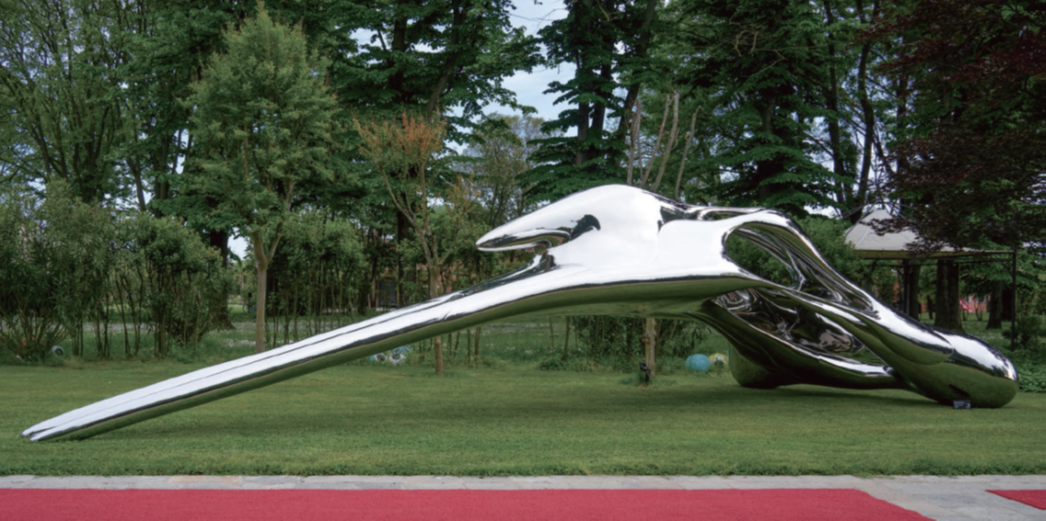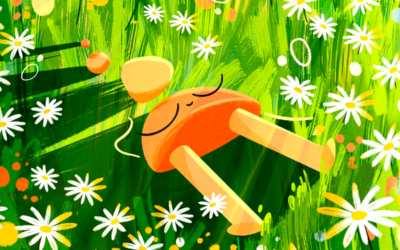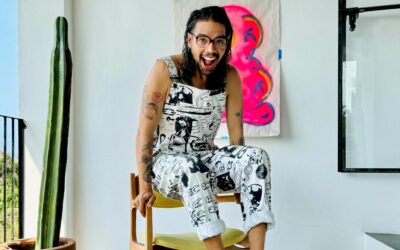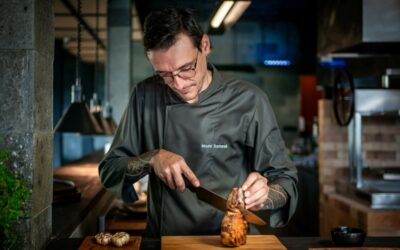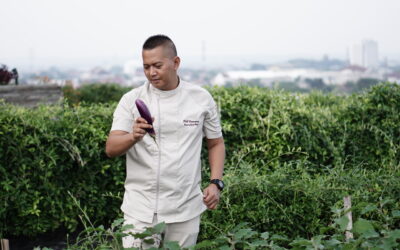Seung-Hwan Kim, a graduate of the Seoul National University College of Fine Arts, has garnered international recognition with his innovative approach to sculpture. With 38 individual exhibitions and 410 group exhibitions to his name, Kim’s work has received numerous accolades, including the Seoul Contemporary Sculpture Contest, the Kim Jong-Young Statue, and the Milan Art Fair Critic Award. Having studied in Pietrasanta, Italy, he had the privilege of working alongside esteemed sculptors such as César and Avoscan.
Kim’s artistic journey can be traced through his various creative phases. From the early years of experimenting with materials and textures to the exploration of the human form and its spirituality, he has now ventured into a new realm inspired by the organic beauty of nature. In the Organism; series, Kim skillfully captures the intricate changes in natural forms, using rhythmically twisting surfaces to convey their superficial complexity. Through his sculptures, he seeks to represent the order and eternal nature found in the world around us.
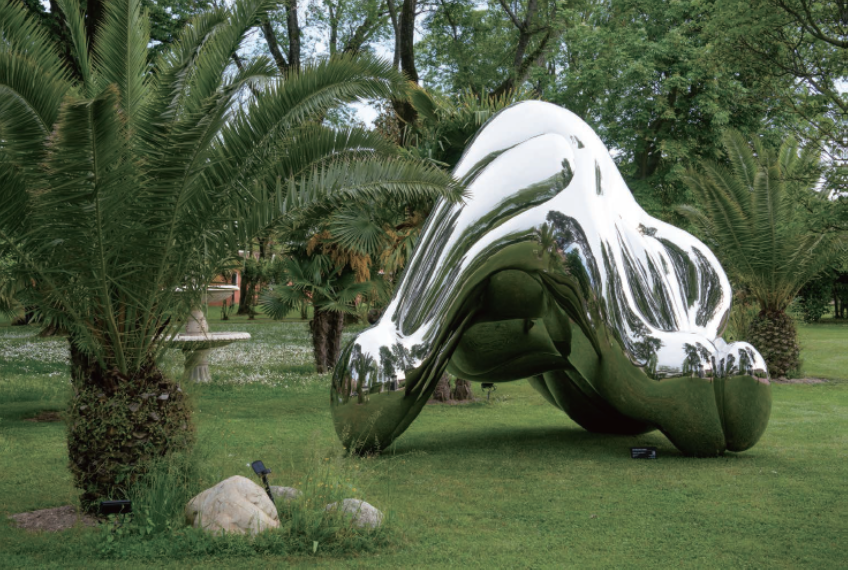
The Organism; exhibition at San Clemente Palace Kempinski Venice pays homage to the city’s rich artistic heritage, particularly its unique use of color and light. Seung-Hwan Kim’s works, with their soft and fluid proportions, reflect the influence of Venetian painting and art traditions, which have long celebrated the interplay of light and atmosphere. The exhibition invites viewers to contemplate the delicate balance between materiality and immateriality, exploring the realms of the void, lightness, and color.
What’s your artistic background?
The essential beginning of my work is nature and the ecosystem.
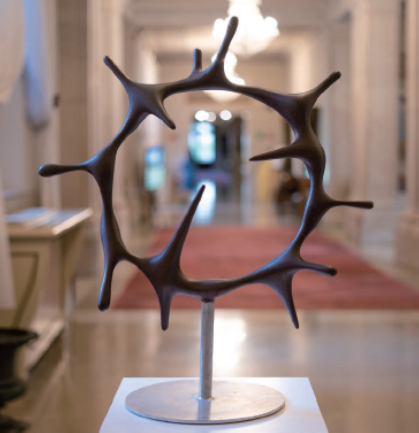
What’s integral to the work of an artist?
As a sculptor, I believe it’s most important to have a thorough understanding of the language of form, as well as a good knowledge and study of the properties of materials.
What role does the artist have in society?
I believe the calling of an artist is to become an expert in the cultural and artistic part of society.
What art do you most identify with?
I resonate more with visual arts.
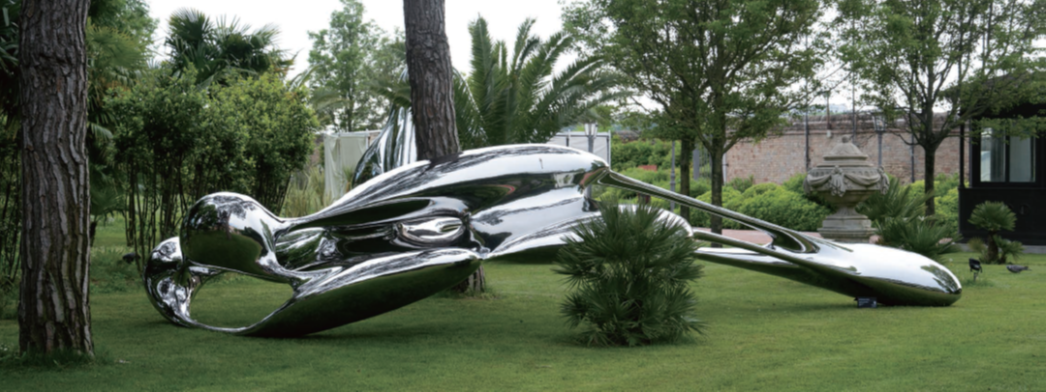
What themes do you pursue?
My works revolve around the themes of nature and the ecosystem.
What’s your favourite art work?
I am more interested in abstract sculpture, which is the style of work I favor.
Describe a real-life situation that inspired you?
My works are often inspired by nature. For example, I enjoy hiking, and when spring comes, I observe the process of plants reviving, sprouting leaves, and sometimes express this in my work.
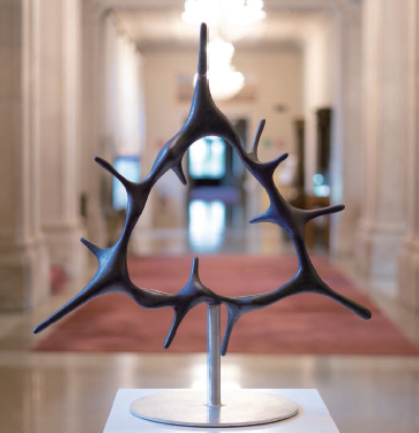
What jobs have you done other than being an artist?
I am a professor, teaching students in the sculpture department at a College of Fine Arts in South Korea.
Why art?
It was innate. In the East, we believe in our inherent destiny. Although I am Christian, I believe that it was an inevitable fate for me to become an artist.
What is an artistic outlook on life?
I believe that the life of an artist involves becoming a top expert in their field. So, it’s a difficult task.
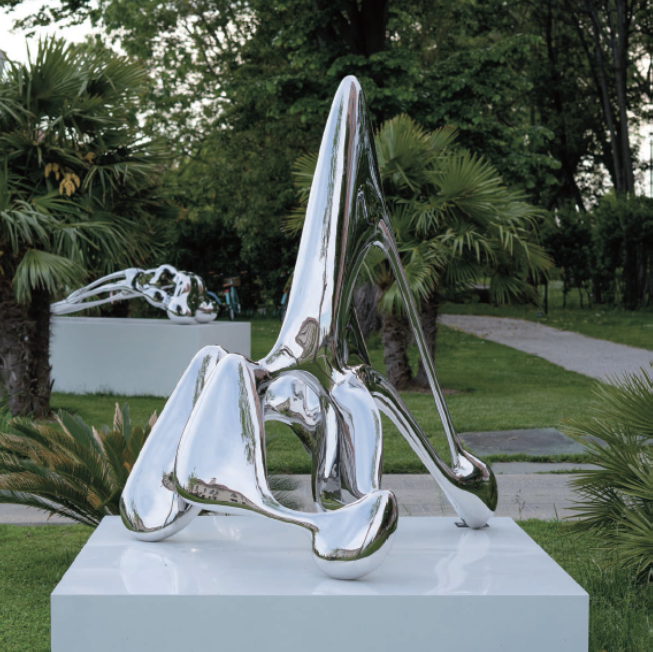
What memorable responses have you had to your work?
My works vary in their conception and outcome according to changes in materials. It’s very interesting to see the different reactions to my thoughts embedded in the characteristics of the materials.
What food, drink, song inspires you?
As an artist, I draw inspiration from everything in the world. I think art is about expressing differently under these influences.
Is the artistic life lonely? What do you do to counteract it?
In my case, it’s ordinary. I’m no different from people working in other fields. I think every human being is lonely. Even though we have many family members and friends, I guess it’s lonely because only we know our inner selves. To deal with this loneliness, in my case, I take trips or do exercises with my family.
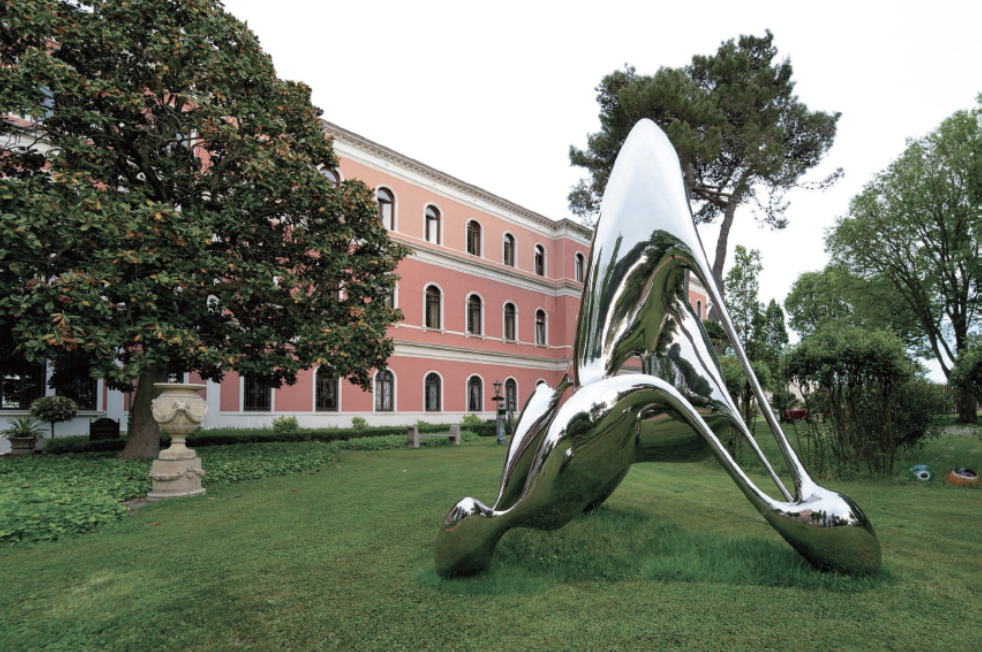
What do you dislike about the art world?
The art world is not easy. It’s not easy to connect the artist, the work, and society. From the artists’ point of view, it feels like their works are not accepted or, in other words, ostracized by society. I dare say, from the immaturity of the world not understanding art works, I feel a sense of alienation with the world.
What do you dislike about your work?
Like all artists, I always feel that the completeness of my work is lacking. Shall I say it feels like running towards an endless exit?
What do you like about your work?
The delicacy is what I appreciate. Especially in my recent works, to perfectly complete a piece, it requires careful attention even to very minor details and a lot of time.
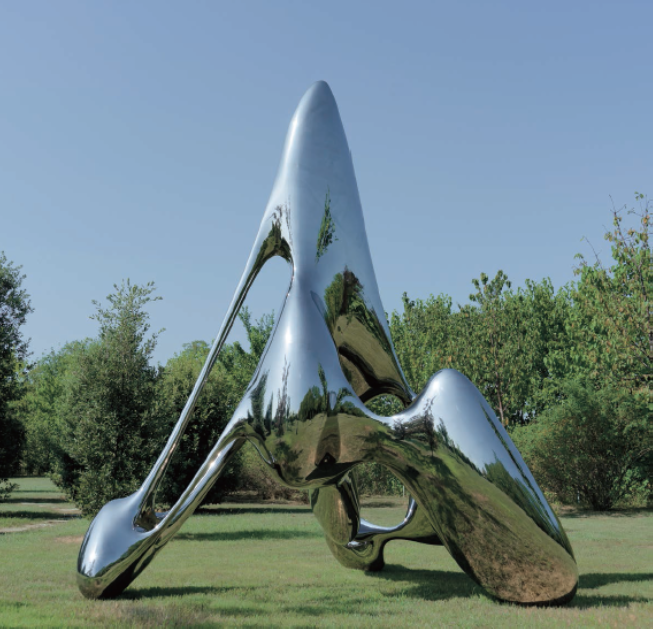
Should art be funded?
Art absolutely needs support. Artists also need to enjoy ordinary life, and financial support is essential for them to work freely.
What role does arts funding have?
Through arts funding, artists can engage in free creative activities. These are not only for the artists themselves, but also influence members of society and the nation, thereby building infrastructure.
What is your dream project?
My dream project is to install my best, completed work in the best possible location. I have several upcoming plans, including joining the Red Sea project and creating a larger sculpture.
Name three artists you’d like to be compared to.
Giacomo Manzu, Marino Marini, Constantin Brancusi, Rather than comparing myself to the following artists, when I look at my works from the early days to now, they come to mind.
Favourite or most inspirational place ?
Vatican
Professionally, what’s your goal?
I would like to work and exhibit freely in Europe, traditionally the home of culture and art. The ultimate goal is to create my own sculpture park, a dream of all sculptors, and provide many people with the opportunity to visit.
future plans?
I believe that this San Clemente Kempinski Venice exhibition will provide many good opportunities. In the second half of 2023, I have solo exhibitions in Paris and Italy, and in 2024, my new design items will be introduced at Paris and Milan Design Week. As of now, I think it will be a start to communicate with European artists by participating in many competitions, art fairs, and group exhibitions, returning to my original intention after 33 years in Europe, where I worked on my early works in Italy for five years after 1990 and then returned to Korea


